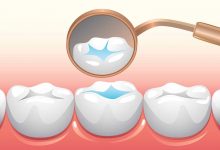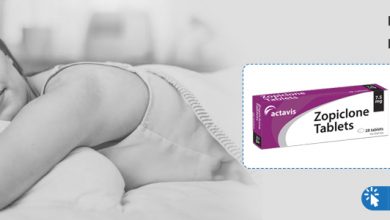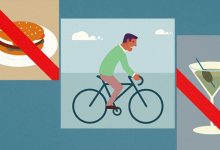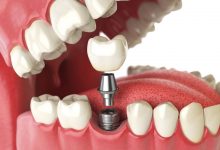Three Common Types Of Sample Prep For Small Molecule LC-MS-MS Method And Analysis

Index Of The Blog
Although LC-MS/MS analysis is popular in the identification and quantification of small molecules, it has recently begun establishing itself in the healthcare sector. The LC-MS method is an HPLC testing system coupled with a mass spectrometry unit, whereas LC-MS/MS comprises two mass spectrometry units. In LC-MS analysis, liquid chromatography separates individual compounds whereas mass spectrometry detectors provide structural data of the compound. Even though bringing reproducible, reliable, and cost-effective bioanalytical methods is a challenge, recent technological advancements have helped LC-MS testing and LC-MS/MS analysis become a routine procedure in clinical research.
Importance of small molecule sample preparation
The most crucial reason for processing samples before LC-MS/MS analysis is to get rid of proteins and other elements that may precipitate in the mobile phase. Removal of these matrix elements prevents the build-up of unnecessary pressure and column damage. The properties of the liquid injected into the columns profoundly affect the peak separation, shapes, and retention times. Therefore, prior exchange of complex biofluids with LC compatible solutions helps enhance the performances of LC-MS testing and LC-MS/MS analysis. Lastly, if the biological matrix is selectively depleted and the analyte-matrix ratio is increased, long-term stability and accuracy, and precision of the LC-MS/MS instrument are efficiently improved.
What are the most common types of sample preparation?
Ideally, sample preparation should be simple, reliable, low-cost, and allow accurate detection of the analyte of interest. The three most common sample preparation techniques are dilution or dilute and shoot, liquid-liquid extraction, and solid-phase extraction.
The dilution method or dilute and shoot method is simply the addition of the LC mobile phase or purified water to the sample before LC-MS/MS analysis. As this method is simple, fast, and inexpensive, it is widely employed for low protein matrices such as CSF and urine. Ideally, to ensure a streamlined workflow and minimize resources, internal standards, samples, and diluent are pipetted directly and mixed for analysis.
Liquid-liquid extraction is widely used in the sample preparation of small molecules. Depending on polarity, analytesare partitioned from an aqueous biofluid into organic solvents that are immiscible in water. LC-MS/MS assays offer a bunch of benefits including, enhanced sensitivity, matrix component depletion, and determination of analyte concentration. Yet, being a multi-step process, liquid-liquid extraction is a laborious approach requiring separation of aqueous and organic layers, transfer of analytes into water-immiscible organic solvents, and organic solvent evaporation.
In a solid-phase extraction, a selective stationary phase helps partition or bind the analytes. Solid-phase extraction often needs pre-treatment for the optimal running of the experiment. After the pretreatment phase, the diluted biofluidis allowed to travel through the stationary phase for capturing only the analytes of interest and letting other elements flow to waste. After several washes, an elution solvent is run to capture the analytes and then subjected to evaporation and reconstitution.
Conclusion
Sample preparation for small molecules is necessary for reproducible and reliable LC-MS testing and LC MS MS analysis. It also facilitates operational benefits by scheduling maintenance and instrument uptime. Today clinical research laboratories and drug development companies are looking to exploit LC-MS/MS analysis in the quantification of small molecules. However, they should exercise caution while choosing an appropriate sample preparation technique that is in line with their analytical workload and goals.













